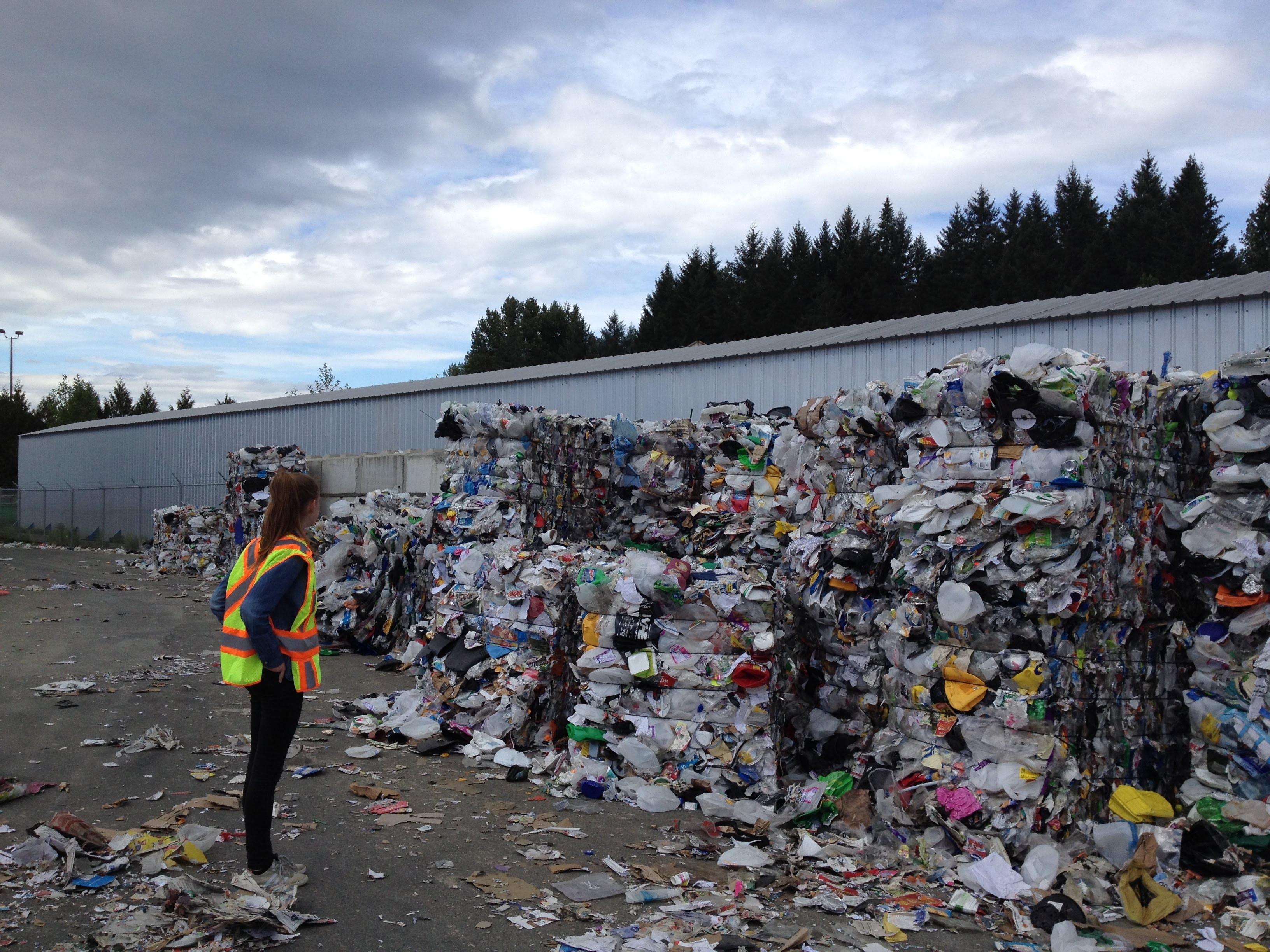In the face of the escalating climate crisis, an increasing number of organizations are committing to various carbon emission goals such as net zero, carbon neutrality, and climate neutrality. This blog post will demystify these terms and explain how they form part of our strategy to mitigate the effects of climate change.
Understanding the Jargon: Net Zero, Carbon Neutrality, and Climate Neutrality
What Does Net Zero Mean?
"Net zero" is a comprehensive term for the goal of balancing the amount of greenhouse gases (GHGs) produced using carbon sinks or offsetting projects to achieve zero carbon emissions. This term describes a broad societal goal that addresses the necessity of carbon emission reduction.
Carbon Neutrality Versus Climate Neutrality
While carbon neutrality strictly refers to neutralizing carbon dioxide, it does not necessarily achieve net zero or climate neutrality. On the other hand, climate neutrality considers all GHGs to achieve overall emissions neutrality. These terms underline the urgency to reduce overall GHG emissions to science-backed levels, ensuring a sustainable future for our planet and its inhabitants.
The Basics of Greenhouse Gas Emissions
Human activities, such as burning fossil fuels, releasing refrigerants, and land alteration through agriculture and deforestation, have dramatically increased the concentration of GHGs in our atmosphere. These gases absorb and re-emit heat, contributing to global warming.
Carbon dioxide, the most abundant GHG, constitutes 79% of these emissions. Other gases are measured in CO2 equivalent terms because they have a much higher greenhouse warming potential (GWP). For instance, methane is 25 times more potent than CO2, and fluorinated gases have a GWP 1,000 to 10,000 times greater than CO2.
Addressing all types of GHGs in emissions reduction efforts is crucial to combat climate change and ensure a sustainable future.
The Paris Agreement and Its Impact
The Paris Agreement, signed by 195 countries in 2015, emphasizes limiting global temperature rise to well below 2°C (3.6°F) compared to pre-industrial levels. Current trajectories suggest an alarming increase of 2.8°C, necessitating aggressive emission reduction strategies.
Supporting Net Zero Goals
To help organizations set science-based targets (SBTs) and achieve net zero goals, collaborations like the Science Based Targets Initiative (SBTi) have been established. Over 2,000 organizations globally have committed to these climate science-based targets.
By providing services that extend the life of IT assets, SK Tes helps companies reduce their emissions footprint. Comprehensive reporting and measurement of savings from lifecycle extension support our partners' sustainability journeys.
Climate Action at SK Tes
As part of our commitment to the circular economy, SK Tes aligns with SBTi and net zero targets. Efforts include renewable energy use, LED lighting, rainwater tanks, and transitioning to electric-powered forklifts.
The Business Benefits of Net Zero
Embracing net zero commitments brings the following business benefits:
- First-Mover Advantage: SK Tes is well-positioned to help clients achieve net-zero ambitions.
- Enhanced Reputation: Transparency about emissions reduction performance builds trust and reputation.
- Attracting Investment: Companies demonstrating sustainable practices appeal to environmentally conscious investors.





